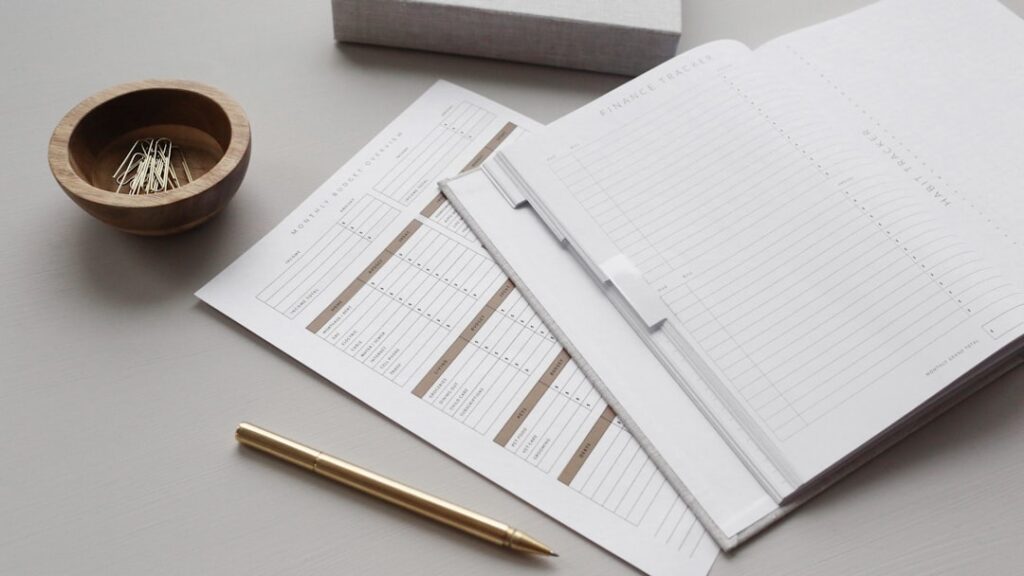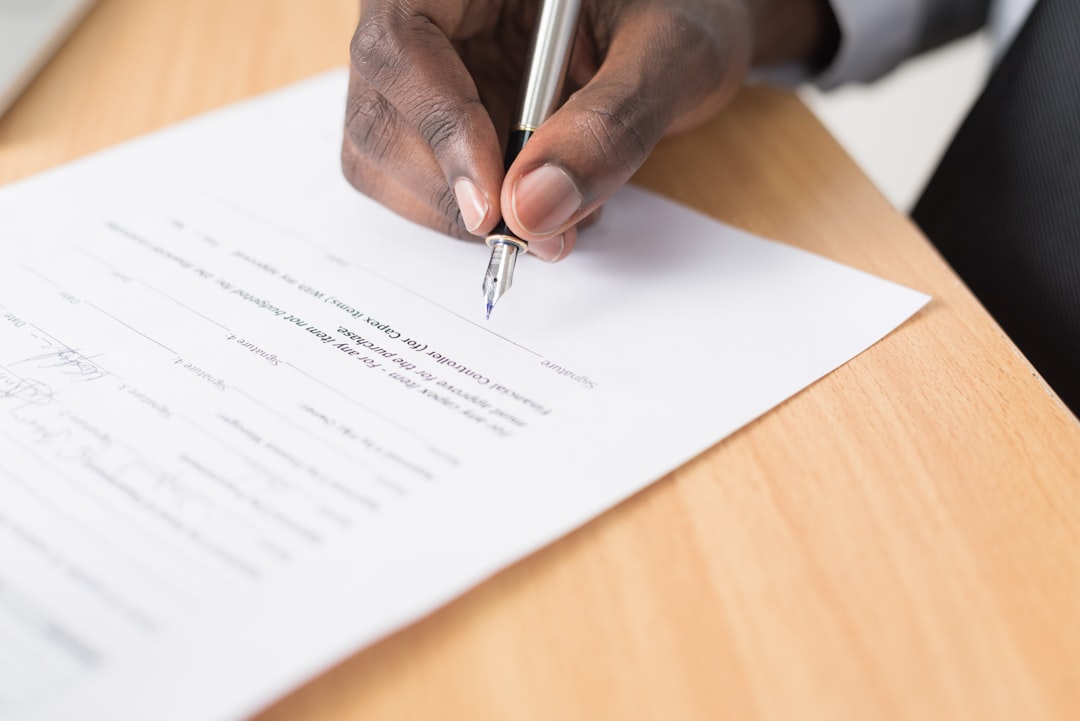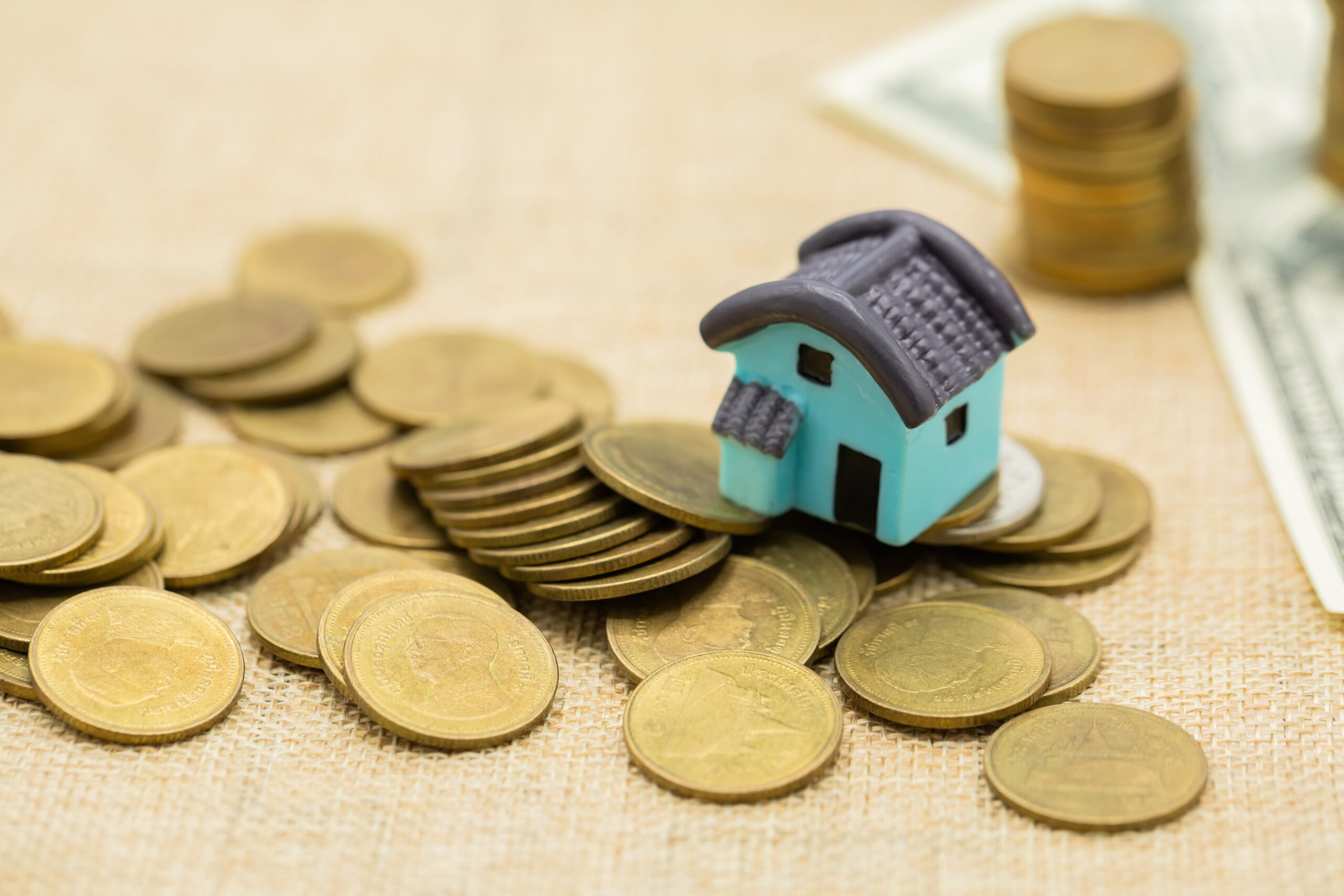Owning a home is a cornerstone of financial stability, but paying off a mortgage can feel like a daunting, decades-long journey. What if you could significantly reduce your mortgage payoff timeline using a flexible and innovative strategy? A 2nd lien HELOC mortgage payoff approach offers homeowners a smart way to eliminate debt faster, reduce interest costs, and create opportunities for long-term financial growth.
In this guide, we’ll explore what a 2nd lien HELOC is, how it differs from a 1st lien HELOC, and how you can leverage it to accelerate your mortgage payoff. By the end of this article, you’ll understand the mechanics, benefits, risks, and steps to implement this powerful financial tool.
What Is a 2nd Lien HELOC?
A 2nd lien HELOC, or Home Equity Line of Credit, is a revolving line of credit secured by the equity in your home. Unlike a 1st lien HELOC, which replaces your primary mortgage, a 2nd lien HELOC is a secondary loan, meaning your original mortgage remains in place.

The 2nd lien HELOC sits behind your primary mortgage in the order of repayment priority, which is why it’s referred to as a “second lien.”
The beauty of a 2nd lien HELOC lies in its flexibility. It operates like a credit card, allowing you to borrow and repay funds as needed, up to a certain credit limit. Interest is charged only on the outstanding balance, and during the draw period (usually the first 5-10 years), you often have the option to make interest-only payments. Discover how this strategy can change your timeline with an exclusive 20-minute interview with a former mortgage lender.
Understanding Home Equity and Its Role in a HELOC
Home equity is the portion of your home’s value that you truly own, calculated as the difference between your home’s market value and any outstanding mortgage balances. It’s a key factor in determining your eligibility for a HELOC, as lenders typically base your credit limit on the amount of equity you’ve built.
For example, if your home is worth $400,000 and you owe $250,000 on your mortgage, your equity is $150,000. Many lenders allow you to borrow up to 80-90% of your home’s value, minus what you still owe. This equity becomes the collateral for your HELOC, making it a crucial element of the 2nd lien HELOC strategy.
Building equity through regular mortgage payments or property appreciation opens up financial opportunities like a HELOC, giving you access to funds for debt repayment or other financial goals.
How Does a 2nd Lien HELOC Work for Mortgage Payoff?
Leveraging a 2nd lien HELOC to pay off your mortgage involves using it strategically to accelerate debt reduction. Here’s how it typically works:
- Access Your Home Equity:
- Secure a 2nd lien HELOC based on your home’s equity. Lenders typically allow you to borrow up to 80-90% of your home’s appraised value, minus the balance of your primary mortgage.
- Use HELOC Funds to Pay Down Mortgage Principal:
- Withdraw funds from the HELOC and apply them directly toward your mortgage principal. This reduces the outstanding balance on your primary mortgage, saving you money on interest over time.
- Deposit Income Directly Into the HELOC:
- Treat your HELOC like a central account. By depositing your income into the HELOC, you temporarily lower the balance, reducing interest charges.
- Withdraw for Living Expenses:
- Use the HELOC for everyday expenses, withdrawing only what you need. This ensures that most of your income goes toward reducing debt.
- Repeat the Process:
- Continue depositing income, withdrawing for expenses, and making lump-sum payments toward your primary mortgage until it’s paid off.
This cycle, when managed with discipline, can significantly shorten your mortgage term while minimizing the total interest paid.
The Difference Between Lump-Sum Payments and HELOC Strategies
Lump-sum payments and HELOC strategies are two popular approaches to accelerating mortgage payoff, but they operate very differently.
Lump-Sum Payments:
- Definition: Lump-sum payments involve making large, one-time payments directly toward your mortgage principal.
- Pros: Simple to execute; reduces the loan balance immediately; no additional credit needed.
- Cons: Requires a significant amount of cash on hand; no flexibility to access funds after the payment is made.
HELOC Strategies:
- Definition: A HELOC strategy uses a revolving line of credit secured by your home’s equity to pay down your mortgage in a more dynamic way.
- Pros: Flexible; allows for ongoing access to funds; leverages cash flow to reduce interest costs over time.
- Cons: Requires financial discipline; variable interest rates can increase costs.
While lump-sum payments are straightforward and effective for those with available cash, HELOC strategies provide greater flexibility and can maximize your financial resources over time.
Benefits of Using a 2nd Lien HELOC for Mortgage Payoff
The 2nd lien HELOC strategy offers several compelling advantages:
1. Accelerated Debt Reduction
By applying large lump-sum payments to your mortgage principal, you reduce the balance faster than with traditional monthly payments.
2. Lower Interest Costs
A 2nd lien HELOC often has a lower interest rate than credit cards or other loans. Using it to pay down your mortgage can result in significant interest savings.
3. Financial Flexibility
With a HELOC, you have ongoing access to funds, making it easier to handle emergencies or invest in other opportunities while still focusing on debt reduction.
4. Optimized Cash Flow
By depositing your income into the HELOC, you reduce the average daily balance, minimizing interest charges and freeing up more money for principal payments.
5. Wealth-Building Potential
The money saved on interest can be redirected toward investments, retirement accounts, or other financial goals, helping you build long-term wealth.
Risks and Challenges of a 2nd Lien HELOC
While this strategy has many benefits, it’s not without risks. Consider the following challenges before committing to a 2nd lien HELOC:
1. Variable Interest Rates
Most HELOCs have variable interest rates, which can increase over time, leading to higher borrowing costs. It’s crucial to plan for rate fluctuations.
2. Discipline Required
Using a HELOC effectively requires strict financial discipline. Overspending or failing to make consistent payments can lead to increased debt rather than reduced debt.
3. Equity at Risk
Your home serves as collateral for the HELOC. Missing payments can put you at risk of foreclosure.
4. Potential Fees
HELOCs may come with fees such as application costs, annual fees, and closing costs. Be sure to understand the full cost structure before proceeding.
5. Limited Applicability
If you have little home equity or an unstable income, a 2nd lien HELOC may not be a viable option for you.
How to Qualify for a 2nd Lien HELOC

Qualifying for a 2nd lien HELOC depends on several factors that lenders assess to determine your creditworthiness and eligibility. Here’s what they typically look for:
- Home Equity:
- Lenders usually require you to have at least 15-20% equity in your home.
- Credit Score:
- A good credit score, often 680 or higher, is essential for securing favorable terms and a higher credit limit.
- Debt-to-Income Ratio (DTI):
- Lenders prefer a DTI ratio below 43%, meaning your monthly debt obligations shouldn’t exceed 43% of your income.
- Income Stability:
- Proof of steady and reliable income is necessary to demonstrate your ability to repay the HELOC.
- Property Value:
- An appraisal may be required to confirm your home’s market value and determine your borrowing limit.
Tips for Improving Your Chances:
- Pay down existing debt to lower your DTI ratio.
- Improve your credit score by paying bills on time and reducing credit card balances.
- Gather all necessary documentation, such as tax returns, pay stubs, and proof of assets, to streamline the application process.
Exclusive Insights and Next Steps
The 2nd lien HELOC mortgage payoff strategy is a powerful tool for homeowners looking to take control of their finances and achieve debt-free living. However, success depends on careful planning and disciplined execution. For more in-depth insights and actionable advice, don’t miss this opportunity:
Steps to Implement a 2nd Lien HELOC Mortgage Payoff Strategy
Step 1: Assess Your Financial Situation
Start by evaluating your current financial health. Ask yourself:
- How much equity do I have in my home?
- Is my income stable and predictable?
- Am I disciplined enough to manage my finances effectively?
Step 2: Research Lenders
Shop around for HELOC options with competitive interest rates, low fees, and favorable terms. Compare offers from banks, credit unions, and online lenders.
Step 3: Apply for a 2nd Lien HELOC
Submit an application to your chosen lender. Be prepared to provide documentation such as proof of income, tax returns, and details about your home’s value.
Step 4: Create a Budget
Establish a detailed budget that outlines your income, monthly expenses, and extra payments toward your primary mortgage. Tracking your spending is critical for success.
Step 5: Execute the Strategy
Once your HELOC is approved:
- Withdraw funds to make lump-sum payments toward your mortgage.
- Deposit your income into the HELOC to reduce the balance.
- Use the HELOC for living expenses, withdrawing only what you need.
Step 6: Monitor Your Progress
Regularly review your statements to ensure you’re making progress. Adjust your strategy as needed to stay on track.
How Does a 2nd Lien HELOC Compare to Refinancing?

A 2nd lien HELOC and refinancing are both options for managing your mortgage, but they differ significantly in purpose and functionality. Here’s a comparison:
2nd Lien HELOC:
- Purpose: Used alongside your existing mortgage to provide a revolving line of credit for debt payoff or other needs.
- Flexibility: Allows ongoing access to funds; you can borrow and repay as needed during the draw period.
- Interest: Often has a variable interest rate, which may rise or fall over time.
- Collateral: Secured by your home equity as a second lien.
Refinancing:
- Purpose: Replaces your existing mortgage with a new loan, typically with a different term or interest rate.
- Flexibility: Provides a lump sum, but you lose access to ongoing credit.
- Interest: Can offer a fixed or variable rate; refinancing often lowers your overall rate.
- Collateral: Secured by your home as the primary loan.
Key Considerations:
- If you need flexibility and ongoing access to funds, a 2nd lien HELOC is ideal.
- If you’re looking to simplify your debt with a single loan at a lower rate, refinancing might be the better option.
Real-Life Success Stories
Case Study 1: A Family Pays Off Their Mortgage in 7 Years
A couple with $100,000 in home equity used a 2nd lien HELOC to pay off their $300,000 mortgage in just seven years. By depositing their dual incomes into the HELOC and making disciplined withdrawals for expenses, they saved over $40,000 in interest.
Case Study 2: Single Homeowner Eliminates Debt in 5 Years
A single homeowner used a 2nd lien HELOC to pay off a $150,000 mortgage in five years. By carefully managing cash flow and leveraging the HELOC for principal payments, they achieved financial freedom years ahead of schedule.
Frequently Asked Questions
What is the difference between a 2nd lien HELOC and a 1st lien HELOC?
A 1st lien HELOC replaces your primary mortgage, while a 2nd lien HELOC acts as a secondary loan in addition to your existing mortgage. The 2nd lien HELOC is repaid only after the primary mortgage is settled in the event of a default.
Are HELOCs suitable for everyone?
No, HELOCs work best for homeowners with significant equity, stable income, and strong financial discipline. They may not be suitable for those with irregular income or limited equity.
Can I combine a 2nd lien HELOC with other strategies?
Yes, combining a 2nd lien HELOC with other strategies, such as biweekly payments or investing savings, can amplify your results.
How much can I borrow with a 2nd lien HELOC?
Lenders typically allow you to borrow up to 80-90% of your home’s value, minus the balance of your primary mortgage.
What are the tax implications of a HELOC?
Interest on a HELOC may be tax-deductible if the funds are used for home improvements. Consult a tax advisor for personalized guidance.
Final Thoughts
Using a 2nd lien HELOC to pay off your mortgage is not just a strategy—it’s a pathway to financial freedom. By understanding the mechanics, benefits, and risks of this approach, you can create a customized plan that aligns with your goals. Whether you’re looking to save on interest, build wealth, or gain financial flexibility, a 2nd lien HELOC can help you achieve your dreams.
Ready to take the next step? Click here to watch the exclusive interview and start your journey toward financial independence today.
Affiliate Disclaimer: BestMortgages.co may include affiliate links, which allow us to earn a small commission when you make a purchase through them. This helps support our site at no extra cost to you. Thank you for your support!




0 Comments